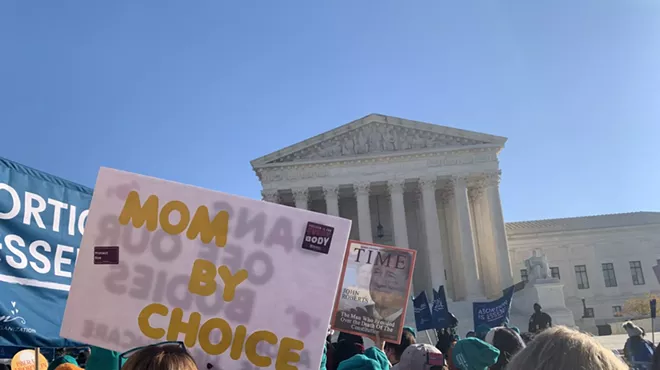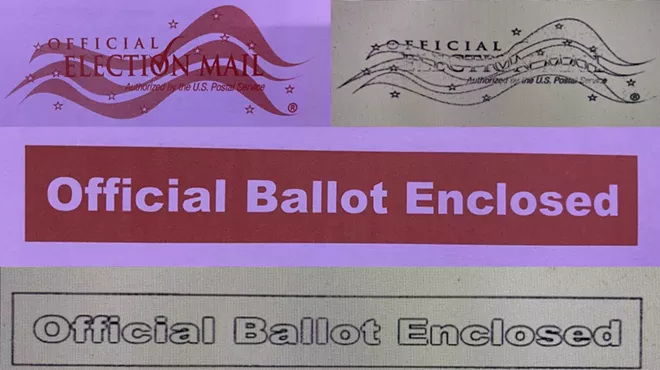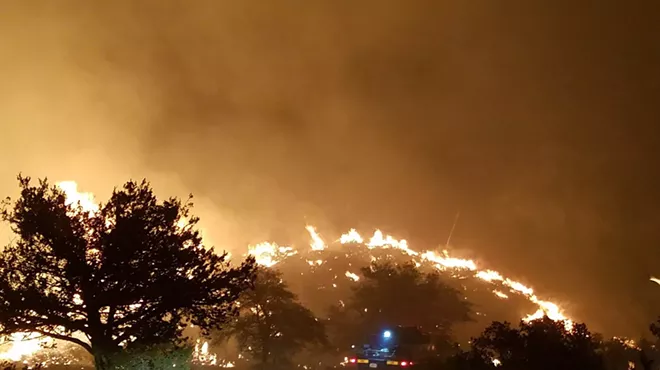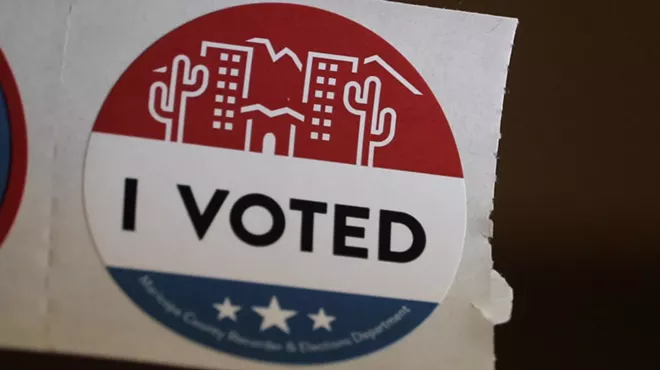Tuesday, December 23, 2014
2014: Voter Turnout "Signaled a New Stage of Disintegration"
Walter Dean Burnham and Thomas Ferguson examine the 2014 turnout and conclude that it was about as bad as it gets in the modern age:
The real story is much uglier: 2014 was fundamentally a democratic debacle. It likely heralds a new stage in the disintegration of the American political order.Though Republicans jubilate now, the trend is probably as threatening to them as it is to the Democrats. The reason is stark: Increasing numbers of average Americans can no longer stomach voting for parties that only pretend to represent their interests.
So they stayed home, in quite extraordinary numbers. A full accounting of all votes cast in 2014 is still weeks, perhaps months away; it takes that long for all the returns to come in, especially in races in which incumbents faced no challenger or a recount was required. Some high stakes state elections also attract a few more voters than House contests held at the same time, which makes working off unofficial tabulations of a state’s “total vote” even trickier. But our cautious guess is that turnout in this year’s Congressional races will finally weigh in at around 36 percent of the potential electorate that had legal rights to cast a ballot.
That’s a shocking statistic. Put aside for a moment all talk of 1942 and absolute levels of turnout. Instead focus on changes in turnout between presidential elections and the next off-year election. Across the whole sweep of American history, the momentous dimensions of what has just happened stand out in bold relief. The drop off in voting turnout from the presidential election of 2012 to 2014 is the second largest of all time — 24 percentage points. Only 1942’s decline from 1940 was bigger — 29 percentage points. But then there was an excuse. Millions of Americans were hurriedly fanning out across the globe to wage total war. (World War I showed a similar pattern — turnout in the off year elections of 1918 fell 22 points from 1916’s presidential race, marking the fourth largest decline ever. Which leads naturally to the question of the third largest.










